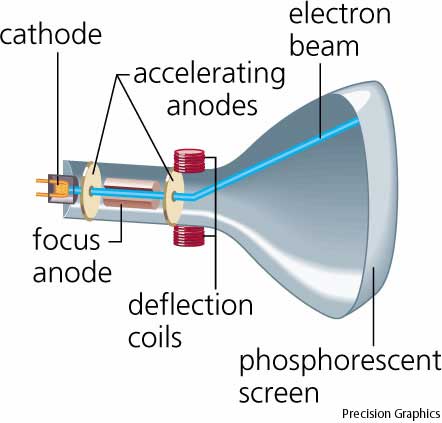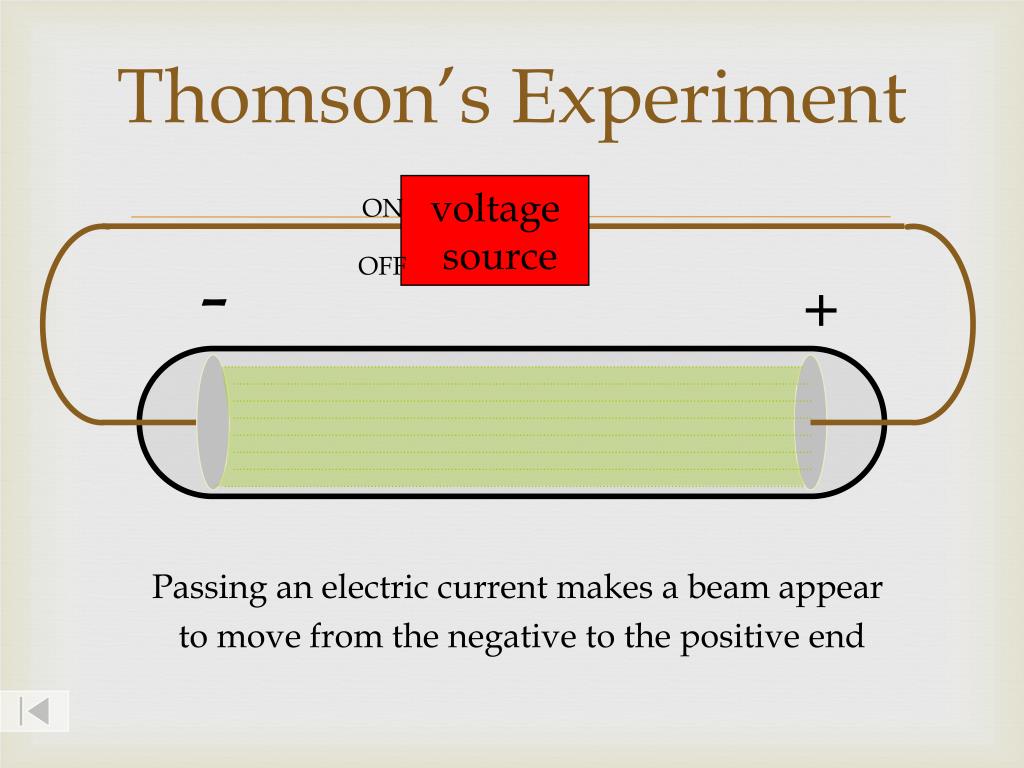
George Reisch has written How the Cold War Transformed Philosophy of Science (2005) and a computer program for translating fatal jokes. Gary Hardcastle, who runs an argument clinic in Bloomsburg, Pennsylvania, co-edited Logical Empiricism in North America (2003). Otherwise, if your brain hurts, you might as well go consult a milk delivery man impersonating a psychiatrist. “Here” in your case means looking at the cover of this book, clearly demonstrating that you ought to acquire it (the whole book, that is, not just the cover). Though highly improbable, the book actually exists, which is proof enough that humankind did not get here by accident. You really are reading the cover of a book entitled Monty Python and Philosophy. OPEN COURT: CHICAGO AND LA SALLE, ILLINOIS FOR OTHER TITLES IN THE POPULAR CULTURE AND PHILOSOPHYTM SERIES, VISIT OPENCOURTBOOKS.COM DISTRIBUTED BY PUBLISHERS GROUP WEST COVER DESIGN: FRIEDERIKE PAETZOLD, 11K.COM COVER ILLUSTRATION: SHANE ARBOGAST DAVID MORGAN, author of Monty Python Speaks! ““Monty Monty Python fans like to think they’re smarter than most people, and they’ll be delighted with this new book, which proves it!” -KIM “HOWARD” JOHNSON, author of The First 280 Years of Monty Python “Monty Python and Philosophy is an entertaining treatise on how humor can illuminate the deepest questions about ethics, morality, individual responsibility, and other so-called ‘serious concepts’ (such as: ‘Is the parrot dead or just resting’?). Surprise, provocation, and a fanatical devotion to the enlightenment of the masses. Surprise is the chief quality of this book.
#J j thomson cathode ray experiment simple expalantion professional
Twenty-one surprising chapters by professional philosophers and amateur Python fans celebrate the intersection of rigorous, profound TV comedy and zany, madcap metaphysics. With its logical paradoxes, clever wordplay, and focus on the absurdities of life, the work of Monty Python appeals to everyone with a philosophical bent, the more bent the better. Hardcastle -Įveryone remembers their first time : about the authors. Themes in contemporary analytic philosophy as reflected in the work of Monty Python / Gary L. My years with Monty Python, or, what's so funny about language, truth, and analyticity? / Gary L. Word and objection : how Monty Python destroyed modern philosophy / Bruce Baldwin. Monty Python's utterly devastating critique of ordinary language philosophy / George A. Tractatus comedo-philosophicus / Alan Richardson. "Why is a philosopher like a python?" / James Taylor. Monty Python and the search for the meaning of life / Patrick Croskery -Įxistentialism in Monty Python : Kafka, Camus, Nietzsche, and Sartre / Edward Slowik.

Madness in Monty Python's Flying circus / Michelle Spinelli. Monty Python and David Hume on religion / John Huss. Is there life after Monty Python's The meaning of life? / Stephen Erickson. Monty Python and the holy grail : philosophy, gender, and society / Rebecca Housel -Īgainst transcendentalism : Monty Python's The meaning of life and Buddhism / Stephen Asma. Why is an argument clinic less silly than an abuse clinic or a contradiction clinic? / Hary Brighouse -Ī very naughty boy : getting right with Brian / Randall E. The limits of Horatio's philosophy / Kurt Smith. Creosote knows about laughter / Noël Carroll.

"Life's a piece of shit" : heresy, humanism and heroism in Monty Python's Life of Brian / Kevin Schilbrack. You can read more about cathode rays and discharge tubes here."What's all this then?" : the introduction / Gary L. Cosmic rays weren't really a part of the experiment. These ions were then accelerated from the anode to the cathode, creating a glow throughout the tube.įinally, I'm not sure what you mean by your last question. The air around us has some ions in it, weakly ionized from cosmic rays or other sources. The ions were just naturally present in the air of the tube. The particles of gas were then accelerated by the electric field, hit the cathode, and knocked electrons off of the cathode. So what little gas was left in the vacuum tube was ionized. In the early cold cathode vacuum tubes, called Crookes tubes, this was done by using a high electrical potential between the anode and the cathode to ionize the residual gas in the tube the ions were accelerated by the electric field and released electrons when they collided with the cathode.$^1$ To release electrons into the tube, they first must be detached from the atoms of the cathode. At the other end is the anode of the power supply.

You can also see a tube that went to a vacuum pump. In the diagram, you can see the cathode, from which the rays (really electrons) were emitted.

First, here's a diagram of a cathode ray tube:Ĭathode rays were named as such because they were emitted from the negative electrode, or cathode, of a high voltage generator.


 0 kommentar(er)
0 kommentar(er)
